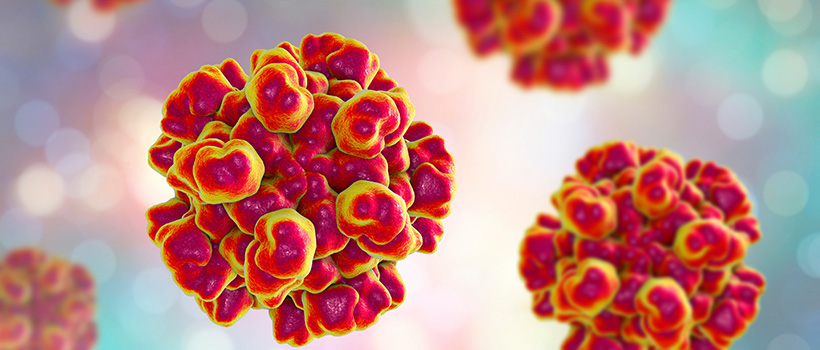
Reducing Hepatitis E through thermal inactivation
24 June 2022
Campden BRI have been part of a major Food Standards Agency (FSA) funded research project led by Glasgow Caledonian University and involving The University of Strathclyde and Jorvik Food Safety Services, aimed at developing a thermal inactivation model for Hepatitis E virus (HEV).
The World Health Organisation (WHO) estimates that annually there are 20 million HEV cases and 57,000 deaths across the world. In the UK there has been concern around the role of raw or undercooked pork products in transmitting HEV, and particularly in the level of cooking required to eliminate HEV from potentially contaminated products as some publications have hinted that the virus is heat resistant and not fully inactivated by normal cooking.
This FSA project collated published data on the thermal death of HEV and used this data to create a model that shows the relationship between time and temperature with respect to the inactivation of HEV. It was found that there is a lack of data on HEV inactivation at normal cooking temperatures (70 to 90°C), but the limited data suggest that temperatures of 70 to 75°C may not be sufficient to fully eliminate the virus. A predictive model was successfully produced into which further data can be added as it is produced, in order to create better predictions of virus inactivation in the future.
Interested in learning more? Get access to the report
How can we help you?
If you’d like to find out more about reducing hepatitis E, contact our support team to find out how we can help.
Are you a Campden BRI member who attends the MIG meetings?
- If not, you’re missing out on a whole host of exclusive benefits such as learning from industry-leading experts and networking with peers to overcome your challenges.
References
- FSA (2021). Scobie,L., O’Connor,L., D’Agostino,M.,
- Cook, N., Wells,J., Barry,S., Kelly,L., Wood, A., and
- Keenan, S. Thermal Inactivation Model for Hepatitis E Virus.







